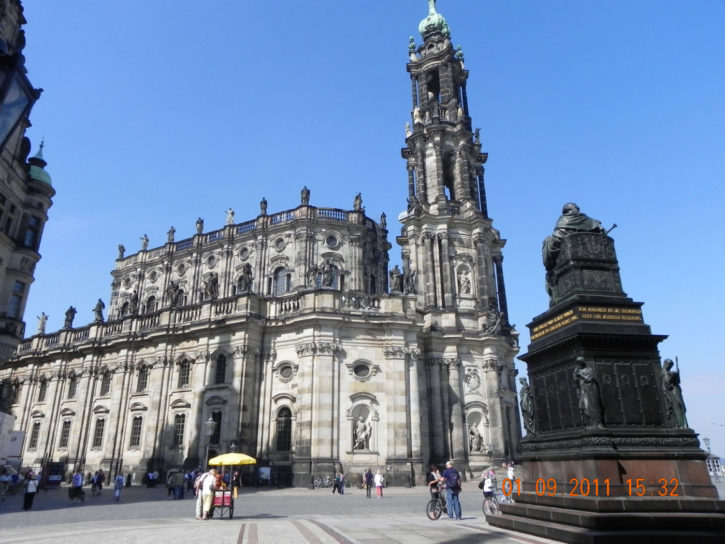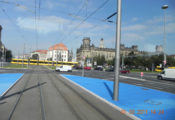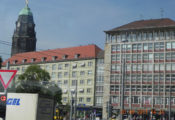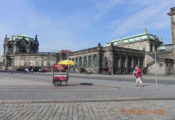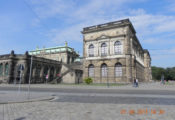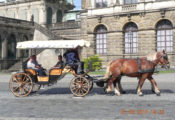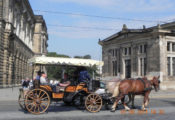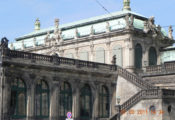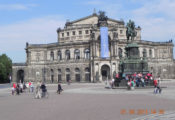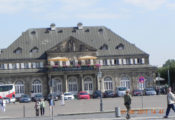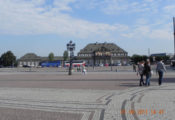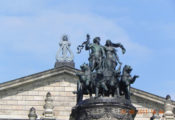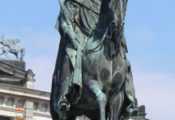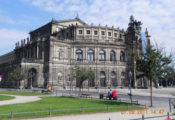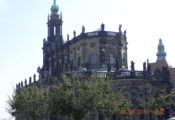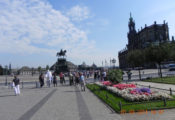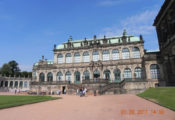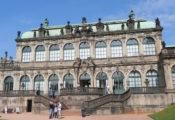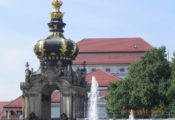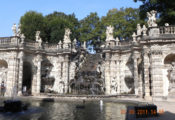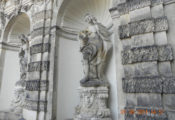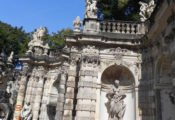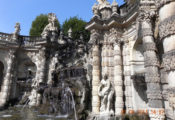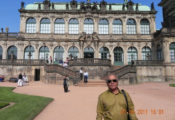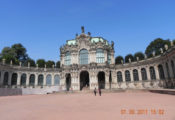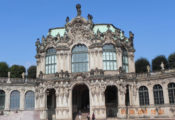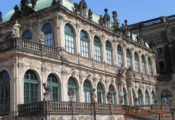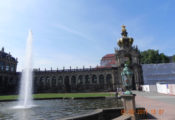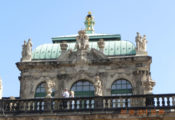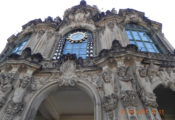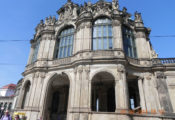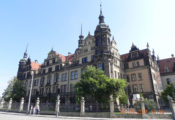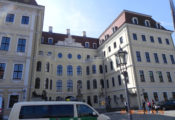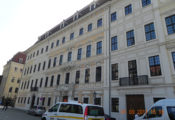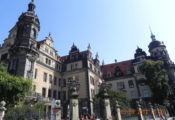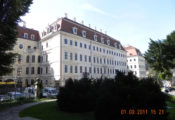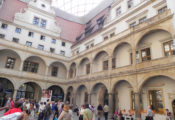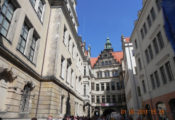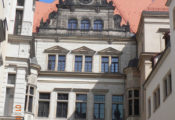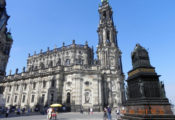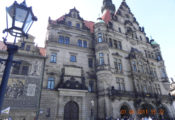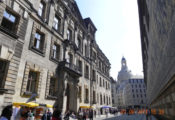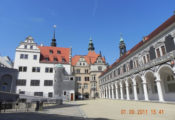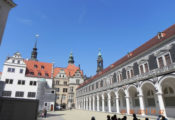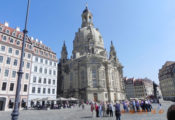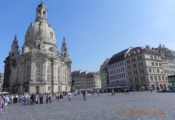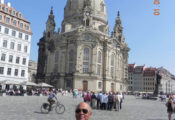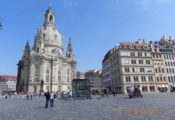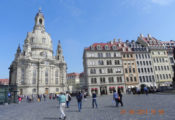Dresden, once Europe’s greatest art and architectural center, all the treasures got destroyed in 1491, when half the city was engulfed in devastated by fire. Soon the city was rebuilt in a more Renaissance style, the royal palace being a prime example, which had become the permanent home to the royal family in 1485. In the 16th century, the city’s defensive walls were modernized, the Reformation transformed the religion of Saxony to Protestantism and the state’s leader was awarded ‘elector’ status – meaning he was part of a select few who could vote for future emperors. The World Economic Depression from 1928 hit Germany exceptionally hard, including Dresden. The Nazi take-over of power in 1933 was catastrophic for Europe. Among the six million European Jews murdered, the Dresden Jewish community was almost completely destroyed – 173 survived the Nazi regime, including the now-famous Romance language academic Victor Klemperer, who left an astonishing diary of his life under the Nazis. Post-war Saxony came under communist rule and its capital, Dresden, began rebuilding, with some classic baroque Dresden buildings recreated. By 1963, there was a new Zwinger, by 1985 a new Semper Opera House. The famous 1989 demonstrations around East Germany (German Democratic Republic) for democracy also drew Dresdeners onto the streets. Since the fall of the Berlin Wall, Western-style capitalism has produced winners and losers, though on the whole Dresden has prospered compared to other large cities in the former East. While the far-right nationalist, anti-foreigner and rabidly anti-Muslim Pegida has captured headlines across the world, Dresden is doing well economically, notably with a relatively low rate of unemployment.
Great Landmarks of Dresden
Theaterplatz
Dresden’s finest landmarks and museums at Theaterplatz (Theater Square) wonderful architectural masterpieces that showcase styles such as Baroque and Renaissance. The paved square was originally located on the edge of the city, which was centered around the Altmarkt, a historic square just southeast of the Theaterplatz.
Semper Opera House
The west side of Dresden’s Theaterplatz, one of Germany’s finest public squares, is dominated by the magnificent Semperoper, the city’s opera house, built in the style of the Italian High Renaissance. To see the lavishly decorated interior, either attend a performance (which include concerts, ballet, and opera) or take a spirited tour led by one of the staff, who will share tales of some of the great performers and guests as you tour.
The most prominent building at the mostly pedestrianized square is the Semper Opera House, originally known as the Hoftheater, hence the name of the square. A first version of the opera house was built in the seventeenth century, but was replaced by a new, grander structure between 1838 and 1841.
Zwinger
The Zwinger is a palatial complex with gardens in Dresden, Germany. it is one of the most important buildings of the Baroque period in Germany.After it was destroyed by fire the opera house was rebuilt at the end of the nineteenth century.
On the west side, the square is bordered by a large wing of the Zwinger Palace known as the Semperbau. The wing houses two museums, an art gallery – and an armory. Flowerbeds and two nineteenth-century fountains grace the area in front of the Zwinger.
King John Statue
At the centre of the Theaterplatz stands a large equestrian statue of King John who ruled Saxony from 1854 until 1873. The Bronze state was erected here in 1889.

